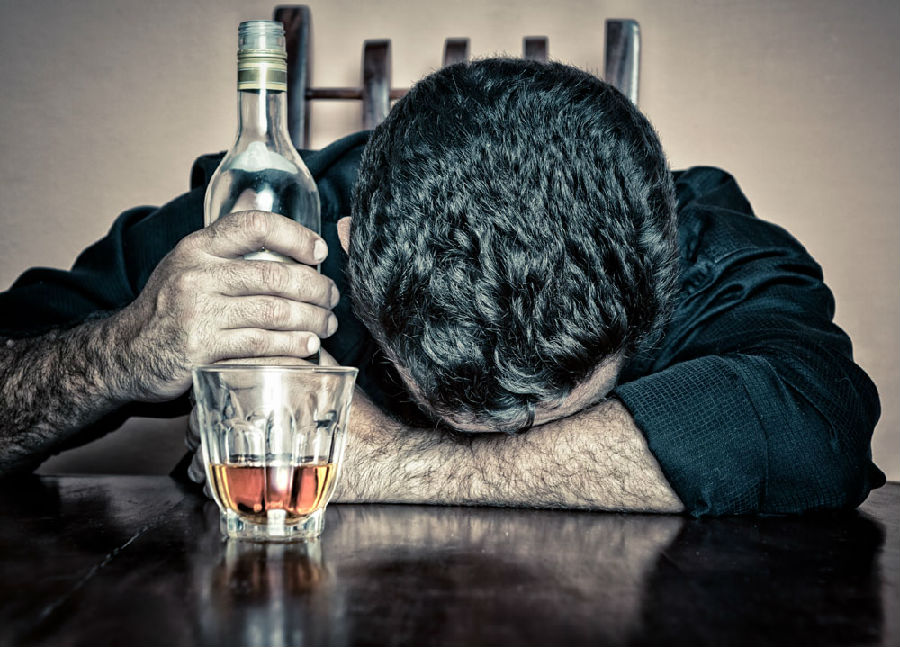This is Scientific American — 60-Second Science. I'm Christopher Intagliata.
Volunteers in scientific studies sometimes get compensated. The payment can be cash, a gift card or something almost worthless: "It's amazing what people will do for a lollipop, when they've had a few drinks."
Simon Moore is a professor of public health research at Cardiff University in the U.K. And the lollipops were for people who agreed to blow into a breathalyzer, while out on a Friday or Saturday night in Wales—more than 1,800 people agreed to the exchange. The scores covered a wide range of alcohol intake. "So that would go from zero upwards. I think one of the largest scores we had was 120, which is a near death experience."
The researchers also gave a subset of volunteers a short survey about drinking habits and health risks. Questions like: "How drunk are you right now?" and "How extreme has your drinking been tonight?" And they found that even very drunk respondents felt relatively more sober, if they were surrounded by even drunker people. In other words: our perception of intoxication—and its risks—is relative.

"So this is the point, as you change context, perceptions will change, although the absolute level of alcohol in their system doesn't change." The study is in the journal BMC Public Health.
Moore says one way to use this finding is for better city zoning. "In the United Kingdom for example there's been a big push to put more premises that sell alcohol in the same district, in the same area. And what this does is create a concentration of drinkers. So what we might argue from this is, well let's try to break that up a little bit." Have a mix of bars, restaurants, cafes and cinemas, so drinkers will be around relatively sober people, too, instead of fellow inebriates. Which might encourage drinkers to nurse their drinks…and thus avoid the ER.
Thanks for listening for Scientific American — 60-Second Science Science. I'm Christopher Intagliata.












